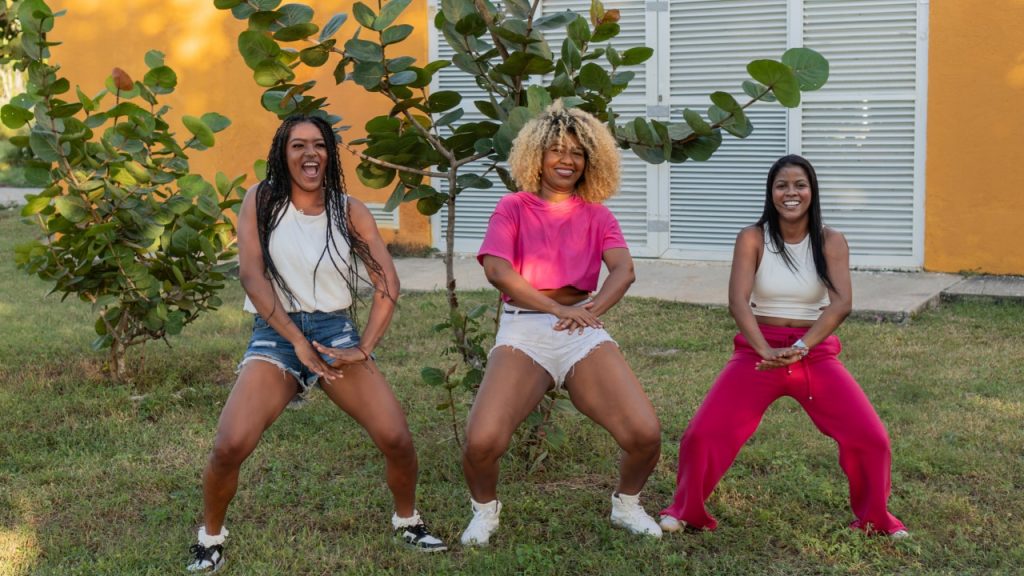Dance Movement Therapy (DMT) is a powerful and transformative approach to emotional health that harnesses the natural connection between the body and mind. Rooted in the understanding that movement is a fundamental expression of human experience, DMT uses creative movement and dance as therapeutic tools to promote psychological well-being, emotional release, and self-awareness. Unlike traditional talk therapies, DMT engages the body directly, allowing emotions to be expressed and processed through nonverbal communication. This embodied form of therapy is increasingly recognized by mental health professionals, educators, and researchers as an effective modality for treating a range of psychological and physical conditions.
The Origins and Evolution of Dance Movement Therapy
Dance Movement Therapy emerged in the mid-20th century as part of a broader humanistic movement in psychology, which emphasized holistic healing and the integration of body, mind, and spirit. Pioneers like Marian Chace, Trudi Schoop, and Mary Whitehouse explored the therapeutic potential of movement in clinical and community settings. Their work laid the foundation for DMT as a professional discipline, establishing core principles such as the therapeutic use of nonverbal communication, the significance of body awareness, and the healing power of creative expression.
Today, DMT is practiced worldwide by certified therapists who combine techniques from psychology, somatics, and dance. It is applied in diverse environments, including mental health clinics, rehabilitation centers, schools, and elder care facilities. The growth of neuroscientific research into embodiment and affect regulation has further validated the benefits of movement-based therapies, leading to increased acceptance in mainstream healthcare.
Understanding the Mind-Body Connection in Dance Movement Therapy
Central to DMT is the recognition that emotions are not confined to the brain but are deeply intertwined with bodily sensations and movement patterns. Emotional states influence posture, gesture, and rhythm, and conversely, altering movement can shift emotional experiences. This bidirectional relationship allows DMT to access emotions that might be difficult to articulate verbally, especially for those with trauma, developmental challenges, or speech limitations.
DMT encourages clients to explore and express emotions through spontaneous or structured movement, fostering a deeper connection to their internal states. By bringing unconscious feelings into conscious awareness through the body, individuals gain insight into their emotional landscape, learn to regulate affect, and develop healthier coping mechanisms. This embodied awareness often leads to enhanced self-esteem, improved mood, and reduced symptoms of anxiety and depression.
Key Techniques and Approaches in Dance Movement Therapy
Dance Movement Therapy is versatile, and therapists tailor interventions based on clients’ needs, cultural backgrounds, and therapeutic goals. Several core techniques characterize the practice:
1. Mirroring and Movement Synchrony
Therapists often use mirroring, where they subtly replicate a client’s movements, to build rapport and validate the client’s emotional experience. This nonverbal attunement fosters trust and safety, essential for therapeutic progress. Movement synchrony can also enhance feelings of social connectedness and reduce isolation.
2. Improvisation and Spontaneous Movement
Clients are encouraged to move freely, expressing whatever arises in the moment without judgment. Improvisation supports creativity and emotional release, helping clients access and process complex feelings. It can break rigid patterns and promote psychological flexibility.
3. Structured Movement Exercises
Certain exercises involve guided movement sequences designed to stimulate specific emotions or bodily responses. For example, grounding movements help clients feel more centered and secure, while expansive movements can increase feelings of empowerment and openness.
4. Body Awareness and Mindfulness
DMT integrates mindfulness practices to heighten body awareness and present-moment focus. Clients learn to observe sensations, tension, and breath, cultivating a nonjudgmental attitude toward their embodied experience.
5. Group Dynamics and Social Interaction
Group DMT sessions leverage social interaction and collective movement to build community and empathy. Through shared rhythms, partner work, and group choreography, clients practice cooperation, communication, and emotional attunement.
The Impact of Dance Movement Therapy on Emotional Health
Dance Movement Therapy has demonstrated efficacy in addressing a broad spectrum of mental health challenges:
Stress and Anxiety Reduction
Movement facilitates the release of pent-up tension and activates the parasympathetic nervous system, promoting relaxation. Regular participation in DMT can lower cortisol levels and improve mood regulation, making it a valuable adjunct to anxiety treatments.
Depression and Mood Disorders
By engaging the body in expressive movement, DMT counters the physical stagnation and withdrawal often associated with depression. It enhances dopamine and endorphin release, contributing to improved motivation and emotional resilience.
Trauma Recovery
Trauma often manifests in the body through dissociation, hyperarousal, or somatic pain. DMT allows survivors to reconnect with their bodies safely, process traumatic memories nonverbally, and rebuild a sense of agency and trust.
Autism Spectrum and Developmental Disorders
DMT supports individuals with autism by improving motor coordination, social skills, and emotional expression. The multisensory experience of movement can enhance communication and sensory integration.
Chronic Illness and Pain Management
By fostering body acceptance and emotional release, DMT can reduce pain perception and improve quality of life for people living with chronic conditions such as fibromyalgia or arthritis.
Neurobiological Foundations of Dance Movement Therapy
Scientific studies increasingly support DMT’s therapeutic mechanisms. Neuroimaging reveals that movement-based therapies activate brain regions involved in emotion regulation, empathy, and motor control. The integration of sensorimotor experiences with emotional processing engages neural circuits that facilitate healing and neuroplasticity.
DMT also influences autonomic nervous system balance, shifting individuals from sympathetic dominance (fight or flight) to parasympathetic activation (rest and digest). This shift is critical for reducing chronic stress and promoting recovery. Hormonal changes associated with positive movement experiences include increased oxytocin, which fosters bonding and emotional safety.

Integrating Dance Movement Therapy into Clinical Practice
For mental health professionals, incorporating DMT can enhance traditional therapy models by adding a somatic dimension. Psychotherapists often collaborate with DMT specialists or receive cross-training to better address clients whose trauma or emotional distress is held in the body. Hospitals and rehabilitation centers are developing multidisciplinary teams where DMT plays a crucial role in holistic treatment plans.
Insurance coverage and regulatory standards for DMT are expanding, further facilitating its integration into healthcare. Professional organizations provide certification and ethical guidelines to ensure safe and effective practice.
Practical Tips for Experiencing Dance Movement Therapy
For individuals curious about DMT, several ways exist to engage with the practice:
- Attend community DMT classes or workshops led by certified therapists. These offer a welcoming environment to explore movement and emotion.
- Incorporate daily movement practices such as free dancing, yoga, or tai chi to foster body awareness and emotional expression.
- Use music and movement to process emotions at home—put on favorite songs and move intuitively, focusing on how your body feels.
- Seek out therapy if emotional difficulties persist or if trauma needs professional support.
Cultural Sensitivity and Accessibility in Dance Movement Therapy
Dance and movement are universal human languages, but cultural meanings of movement vary widely. DMT practitioners emphasize cultural competence by respecting clients’ backgrounds and adapting interventions accordingly. Accessibility considerations include modifying movements for physical limitations and creating safe spaces for all genders, ages, and abilities.
Future Directions: Research and Innovation
The future of DMT is promising, with ongoing research exploring its applications in neurorehabilitation, aging, and digital health. Virtual reality and motion capture technology are being tested to enhance therapeutic engagement and feedback. Cross-cultural studies seek to deepen understanding of movement as a healing modality across societies.
Conclusion: Embracing Embodied Healing
Dance Movement Therapy offers a uniquely embodied approach to mental wellness, recognizing the body as a vital partner in emotional healing. By integrating movement, creativity, and therapeutic intention, DMT empowers individuals to access emotions beyond words and cultivate resilience from within. As mental health care evolves toward more holistic and person-centered models, DMT stands at the forefront, inviting us all to reconnect with ourselves through the universal rhythm of dance.











































